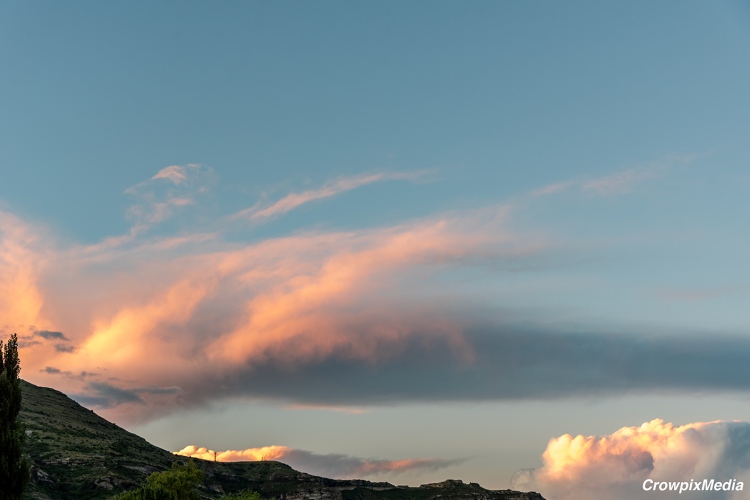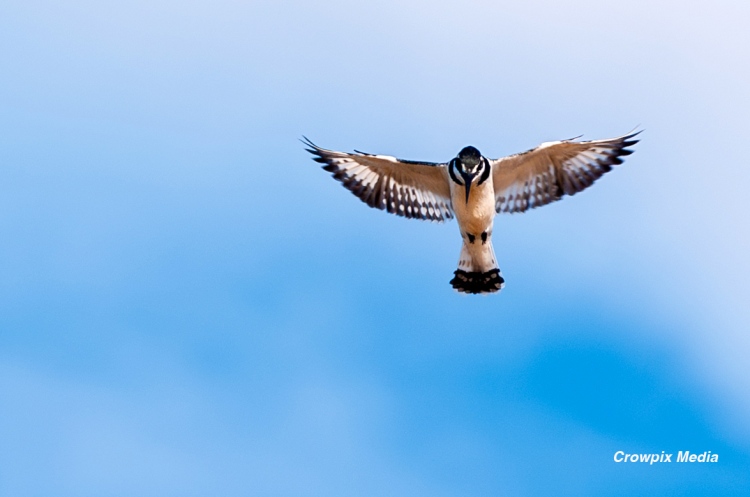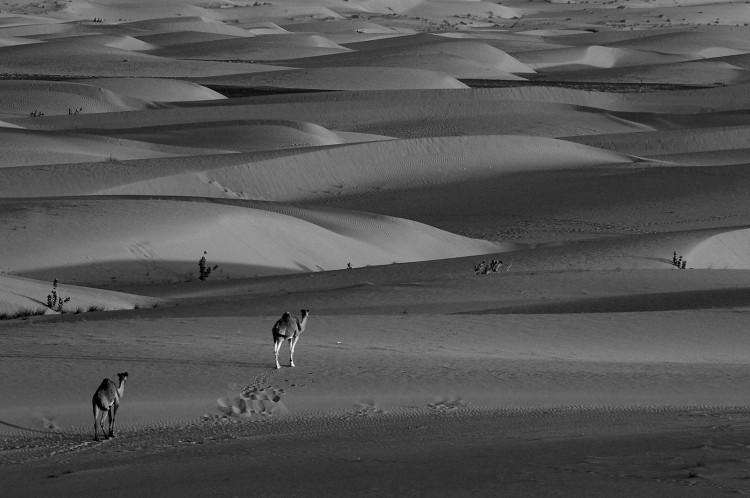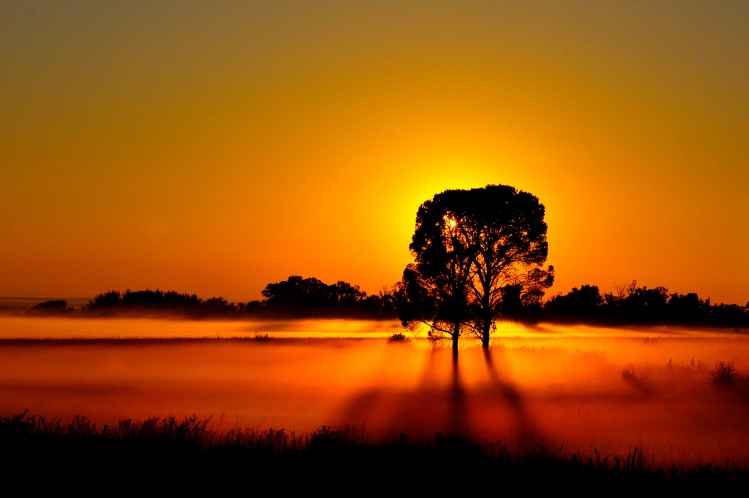Are you tired of cluttered and busy photography compositions that lack impact? If so, it’s time to explore the art of negative space in photography. Negative space, the empty areas surrounding the main subject, can create stunning and captivating compositions that draw the viewer’s attention and evoke powerful emotions.
Strategically incorporating empty spaces into your photographs can enhance the visual impact, emphasise the subject, and tell a more compelling story. This article will explore the world of negative space and techniques for effectively using empty spaces in photography.
Table of Contents
- Table of Contents
- What is Negative Space?
- Benefits of Using Negative Space in Photography
- Techniques for Incorporating Negative Space in Photography Compositions
- Creating Balance and Harmony with Negative Space
- Using Negative Space to Emphasise the Subject
- How to Use Negative Space to Convey Emotion or Tell a Story
- How to Use Colour in Your Photos
- Post-Processing Tips for Enhancing Negative Space in Photography
- In Conclusion And Final Thoughts
What is Negative Space?
Negative space refers to the areas in a photograph not occupied by the main subject, the absence of content, and the empty spaces surrounding and defining the subject. While negative space may seem like a void, it is an essential element of composition that can significantly enhance the overall impact of an image. It provides breathing room, allowing the subject to stand out and command attention.
In photography, negative space is not just space; it is a deliberate and purposeful choice made by the photographer. It is about balancing the subject and surroundings to create a visually pleasing and impactful composition. Negative space exists in various forms—a clear blue sky, a blank wall, an expanse of water, or a plain background. The key is to use these empty spaces to complement and enhance the subject rather than overpower it.

Using negative space effectively requires a keen eye for composition and an understanding of the visual relationship between the subject and its surroundings. It is about finding the right balance and creating a harmonious composition that draws the viewer’s attention to the subject while allowing them to appreciate the beauty and simplicity of the empty spaces. Mastering negative space art can elevate your photography to a new level.
Benefits of Using Negative Space in Photography
Incorporating negative space in your photography compositions offers several benefits that can significantly enhance your images’ visual impact and storytelling. Firstly, negative space helps to create a sense of balance and harmony in the composition. It provides a visible rest for the eyes, allowing the viewer to focus on the subject without distractions. By giving your subject room to breathe, you can create a more visually pleasing image that is easy on the eyes.
Secondly, negative space emphasises the subject and draws attention to its details. By surrounding the subject with space, you can make the subject stand out and become the image’s focal point. Making the subject stand out in space can be particularly effective when photographing small or intricate subjects, as the negative space acts as a frame that directs the viewer’s gaze towards the subject.

Another benefit of using negative space is its ability to convey emotion and tell a story. Depending on their use, empty spaces can evoke a sense of solitude, loneliness, vastness, or even tranquillity. By carefully selecting and incorporating negative space, you can create images that evoke strong emotions and leave a lasting impression on the viewer.
Techniques for Incorporating Negative Space in Photography Compositions
Now that you understand the concept and benefits of negative space let’s explore some methods for incorporating it into your photography compositions:
- Use Wide Angles: Wide-angle lenses can help you capture a larger area, allowing you to include more negative space in your composition. This can be particularly effective in landscape photography, where empty spaces can enhance the sense of scale and depth.
- Play with Symmetry: Experiment with symmetrical compositions where the subject is off-centre, leaving space on one side. Symmetrical designs create a sense of balance and add a dynamic element to your image.
- Give scale: If you want to convey how big something is, include both the object itself and some surrounding objects that are larger than it (or smaller). The contrast between those two elements will give perspective on this thing’s size.
- Emphasize focus: Negative space can be used as a complementary element when balancing focus between two subjects within the same photo. However, if one subject is more extensive than another in real life, they’ll likely appear more prominent in their respective frames regardless of what else surrounds them. Remember this fact when deciding where exactly you want attention drawn before using any framing technique like this.
- Use negative space to create a sense of depth or perspective: This can be done by placing the subject against an intense background colour and allowing the rest of the shot to fade into blackness. If you have any objects around your subject, try moving them closer or farther away from their position until they blend into one another seamlessly. The result will be an image with two distinct planes, one foreground and one background, both equally important and equally significant in conveying meaning through composition.
- Use negative space to create a sense of mystery in a photo: Leave plenty open around your subject, but include enough details that viewers can tell what they’re looking at. Instead of showing us exactly what we should look at when viewing this scene through our lens, let us fill in those blanks based on our experiences as observers; after all, it’s not always necessary for us as photographers (or artists).

Remember, the key is to experiment and explore different techniques to find what works best for your subject and style of photography. Don’t be afraid to take risks and think outside the box. Negative space offers endless possibilities for creating unique and captivating compositions.
Creating Balance and Harmony with Negative Space
When incorporating negative space into your photography compositions, it is crucial to maintain a sense of balance and harmony. The empty spaces should not overpower the subject or make the composition unbalanced. Here are some tips to help you create a harmonious composition:
- Pay Attention to Proportions: The amount of negative space should be proportional to the subject. If the empty spaces are too dominant, they may overshadow the subject and dilute its impact. On the other hand, if the subject occupies too much space, the negative space loses its significance.
- Use Leading Lines: Leading lines can help guide the viewer’s gaze and create a visual flow within the composition. They can connect the subject with the negative space, creating a harmonious relationship.
- Consider the Colour Palette: The colours in your composition, including the negative space, should complement and harmonise. Please pay attention to the colour relationships and ensure that they enhance the overall visual impact of the image.
By balancing the subject and the negative space, you can create visually pleasing compositions that captivate the viewer’s attention and evoke a sense of harmony.
Using Negative Space to Emphasise the Subject
One of the primary purposes of negative space is to draw attention to the subject and make it stand out. Here are some techniques for using negative space to emphasise the subject:
- Contrast: Use complementary colours, light and dark tones, or textures to contrast the subject and the negative space. This helps the subject pop and become the image’s focal point.
- Isolation: By isolating the subject within empty spaces, you can create a sense of solitude and make it more prominent. This technique works particularly well in portrait photography, where the subject’s emotions and expressions are the main focus.
- Negative Space as a Frame: Use negative space to frame your subject, drawing attention to it and adding depth to the composition. This technique is especially effective when photographing subjects that are smaller in scale, such as wildlife or architecture.

Remember, the goal is not to fill the frame with the subject but to create a visual balance and highlight its significance through the effective use of negative space.
How to Use Negative Space to Convey Emotion or Tell a Story
Negative space can be a powerful tool for conveying emotions and telling compelling photo stories. Here are some ways to utilise negative space in this context:
- Loneliness and Solitude: Use large empty spaces to evoke a sense of loneliness and solitude. Loneliness and solitude can be particularly effective in landscape photography, where vast open spaces can create a feeling of isolation.
- Mystery and Intrigue: By leaving empty spaces that hide parts of the subject or create ambiguity, you can pique the viewer’s curiosity and develop a sense of mystery. This technique can tell stories that leave room for interpretation.
- Peace and Tranquility: Empty spaces can create calm and tranquillity, allowing viewers to pause and reflect. This can be especially effective in nature photography, where the vastness of the landscape can evoke a sense of serenity.
- Use Minimalism: Minimalism is the opposite of clutter. It means that the photo’s foreground and background are clear of distractions. The image below demonstrates a minimalist compositional approach that utilizes uncluttered negative spaces. The negative spaces are the desert sand areas around the subject (the two Camels traversing the desert in this image).

Use negative space creatively to experiment with different emotions and storytelling techniques. Each photograph can convey a unique narrative, and negative space can significantly shape that story.
How to Use Colour in Your Photos
Colour is an essential element of photography. You can use it to draw attention to your subject, set the mood of your image, and create contrast and balance. But you don’t want to overdo it and confuse your viewers with too many colours. Here’s a quick guide on how you can use colour in your photos:
- Use colour to draw attention: If you want something important in the picture, like an animal’s face or an item, make sure it stands out by using contrasting colours behind it, such as green grass behind an animal’s head or blue sky behind their body. This makes them pop out from the rest of the picture, so they stand out more than if they were surrounded by grey tones instead.
- Use colour to create a mood: A lot depends on what emotion you want people to feel when looking at your images. For example, if we were photographing wildlife, we should consider the natural ambient colours and how these can help portray the image’s mood. It takes practice, so don’t worry if this doesn’t work immediately.

Use colour to create a mood that complements or opposes the subject from the negative space. Photo by Crowpix Media.
Post-Processing Tips for Enhancing Negative Space in Photography
Post-processing plays a crucial role in fine-tuning your images and enhancing the impact of negative space. Here are some tips for post-processing your photographs:
- Selective Dodging and Burning: Use dodging and burning techniques to selectively lighten or darken areas of your image, including the negative space. Dodge and burn can help create a more balanced and visually pleasing composition.
- Colour Grading: Experiment with different colour grading techniques to enhance the colours in your image, including the negative space. Adjusting the hue, saturation, and luminance can help create a more harmonious and impactful composition.
- Cropping and Framing: Consider cropping your image to emphasise the negative space further and strengthen the composition. Experiment with different aspect ratios and framing techniques to find the most visually appealing result.
Post-processing should enhance your composition’s impact, not compensate for poor photography. Use these techniques sparingly to create a final image that genuinely conveys your vision.
In Conclusion And Final Thoughts
Negative space is an essential tool in the photographer’s arsenal. It helps create a sense of balance and harmony and can also impact your photos by drawing the viewer’s eye toward what you want them to see. The most important thing to remember about negative space is that it’s not just about avoiding objects—it’s about creating an emotional experience for the viewer through carefully placing colours, shapes, and lighting.
Negative space can help you create balance, emphasise the subject, convey emotions, and tell compelling stories, whether you’re capturing minimalist landscapes, intimate portraits, or abstract images. It is a versatile element of composition that can be used in various genres of photography.
Remember to experiment, take risks, and trust your creative instincts. The art of negative space is not about following strict rules but about exploring and pushing the boundaries of your creativity. With practice and perseverance, you can master negative space art and take your photography skills to new heights.
So, next time you’re out with your camera, don’t be afraid to embrace the empty spaces. Explore the power of negative space and unlock the full potential of your photography.
Please subscribe to our newsletter for more photography tips and advice.
Want to learn more about photography techniques? Then check out our Photography Tutorial Ebook here.
Copyright@Crowpixmedia. All Rights Reserved 2025.


5 thoughts on “What is Negative Space in Nature Photography? An Easy Guide For Beginners”